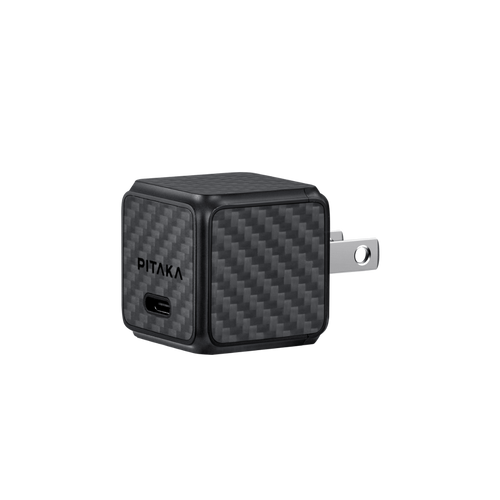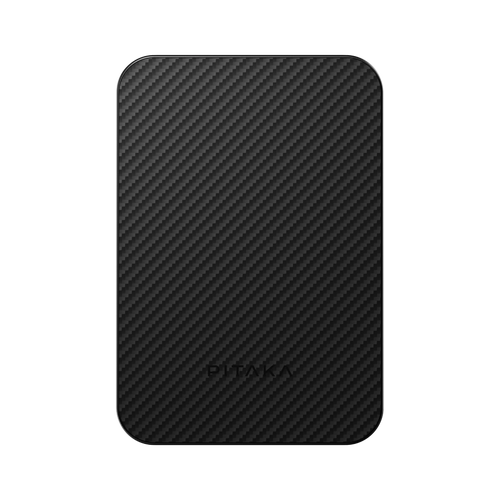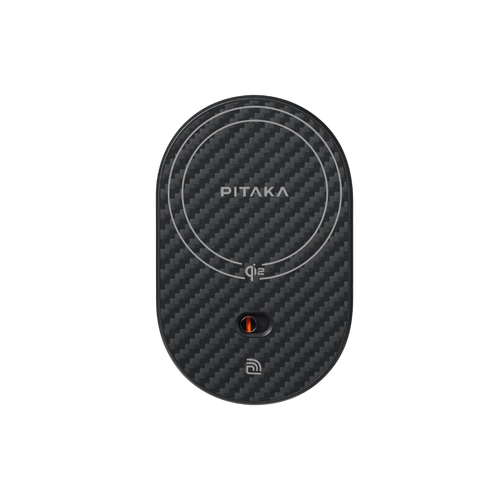Most smartphone companies have implemented wireless charging over the last few years, and while Apple may be a late-starter in adopting wireless charging, it's now going all out to push for a cordless world.
Wireless charging appears so effortless that more and more consumers are eager to try it and use it in their daily life.
However, the reality is not always as smooth as expected, and after setting your iPhone down to wireless charge, you may return to find it isn't charging after all. So, why is it that your iPhone is not working on your wireless charger?
Before further discussion, you may need to know whether your iPhone supports wireless charging. The following iPhones support wireless charging: iPhone 8, iPhone 8 Plus, iPhone X, iPhone XR, iPhone XS, iPhone XS Max, iPhone 11, iPhone 11 Pro, iPhone 11 Pro Max, iPhone SE 2 (2nd Generation), iPhone 12, iPhone 12 Mini, iPhone 12 Pro, iPhone 12 Pro Max, iPhone 13, iPhone 13 Mini, iPhone 13 Pro, iPhone 13 Pro Max, iPhone 14 series, iPhone 15 series, and iPhone 16 series.
Each of these iPhones will charge when placed on a Qi-enabled wireless charging pad. The iPhone 7 and earlier models do not have wireless charging capabilities.
Now, let's look into the issue from the following three aspects.
Your iPhone Could Be the Reason Why It's Not Wireless Charging
The rule of thumb is to check if your iPhone supports wireless charging, particularly if it's the first time you're charging it wirelessly (Simply go through the list mentioned above). Once you make sure your Apple devices support wireless charging, you can charge them on any Qi-enabled wireless chargers, such as MagEZ Car Mount Pro 2 Qi2 and Aramid Fiber Magnetic Power Bank.
If your iPhone quits working on an iPhone-enabled wireless charger suddenly, here's what you can try:
1. Charge your iPhone with another charger
The best way to tell if your iPhone works fine is to put it on another wireless charger to see if it will charge. If you don't have another iPhone wireless charger, use the USB charger instead. Though wireless charging and wired charging don't work the same, at least you can find out if the display of charging is typical or not.
2. Restart your iPhone
Whether another iPhone wireless charger is working or not, restarting your phone wouldn't go amiss. If you can't restart the phone, such as it's frozen, try a force restart.
3. Update your iPhone
If restarting your iPhone doesn't work, check if there's a software update available. A software update can often be a quick fix for some problems.
4. Reset your iPhone
If your iPhone won't wirelessly charge and restarting or a software update hasn't helped, a reset is the final step before taking it to the Apple Store. Unfortunately, resetting also means erasing everything on your iPhone. Although you can back up your data beforehand, a factory reset is not just a simple restart, so you might want to consider this a last resort.
Is It Your Wireless Charger That Stops Working?
1. Check if your wireless charger is plugged in properly

It happens! Cables can loosen, or the socket may lose power. If your iPhone wireless charger doesn't come with an LED indicator to show the charging status, you may not notice a problem straight away.
2. Make sure your wireless charger is of quality
Qi (pronounced “chee”) is the standard for charging mobile devices wirelessly, set up by the Wireless Power Consortium in 2008. It has gradually become the universal standard supported by most mobile phone makers, including Apple.
The iPhone 8 and later models are working well with the Apple MagSafe charger, and they're also Qi-compatible, according to Apple. That said, they should work with Qi-enabled wireless chargers, whereas they may not work with non-Qi ones. Just make sure your wireless charger is from a reliable brand, like PITAKA MagEZ Slider.
3. Try repositioning your iPhone
 Charging coils inside the wireless charger transmit power across a few millimeters to the iPhone. So, when the coils and your iPhone don't line up, wireless charging doesn’t work. You can place your phone in the charger's center or move it around to find the sweet spot, but this is extremely annoying.
Charging coils inside the wireless charger transmit power across a few millimeters to the iPhone. So, when the coils and your iPhone don't line up, wireless charging doesn’t work. You can place your phone in the charger's center or move it around to find the sweet spot, but this is extremely annoying.
Fortunately, some wireless chargers are equipped with multiple coils that provide your smartphone with a position-free charging experience. Magnetic wireless chargers can also save you the same kind of hassle by auto-aligning your phone to the charger through magnets.
Other Reasons Why Your iPhone Doesn't Charge Wirelessly
1. Remove the phone case
 Qi wireless chargers work with many cases except for those too thick or made from metal. Metal segments placed inside the case for magnetic mounts should not affect wireless charging. Just make sure you're using a suitable phone case, such as PITAKA classic phone case, a slim, wireless charging-friendly phone case.
Qi wireless chargers work with many cases except for those too thick or made from metal. Metal segments placed inside the case for magnetic mounts should not affect wireless charging. Just make sure you're using a suitable phone case, such as PITAKA classic phone case, a slim, wireless charging-friendly phone case.
2. Wait for your iPhone to cool down
 Your iPhone may get warm while it charges, wired or wirelessly. On the other hand, wireless charging generates more heat since it's not as efficient as wired charging through cables. When the iPhone battery gets too warm, the protection mechanism is triggered and limits charging above 80 percent.
Your iPhone may get warm while it charges, wired or wirelessly. On the other hand, wireless charging generates more heat since it's not as efficient as wired charging through cables. When the iPhone battery gets too warm, the protection mechanism is triggered and limits charging above 80 percent.
Remove your iPhone from the charger, and try again when the temperature drops.
Read this article to learn more about why your phone gets warm if you're interested.
3. Don't connect your iPhone to a USB
Some people may connect their phone to a computer with a USB or a USB power adapter while the handset is on a wireless charging pad. The truth is, you can't have both wired and wireless charging at the same time, and wireless charging stops as soon as an iPhone is connected to a USB cable.
Wrapping It Up
Many factors can contribute to an iPhone not working on a wireless charger, but if you try all the steps above, your iPhone has a better chance of charging wirelessly again! If your iPhone still doesn't charge, it may be a hardware issue. Just do a comparison test, and you'll find the culprit.
You might want to read:









